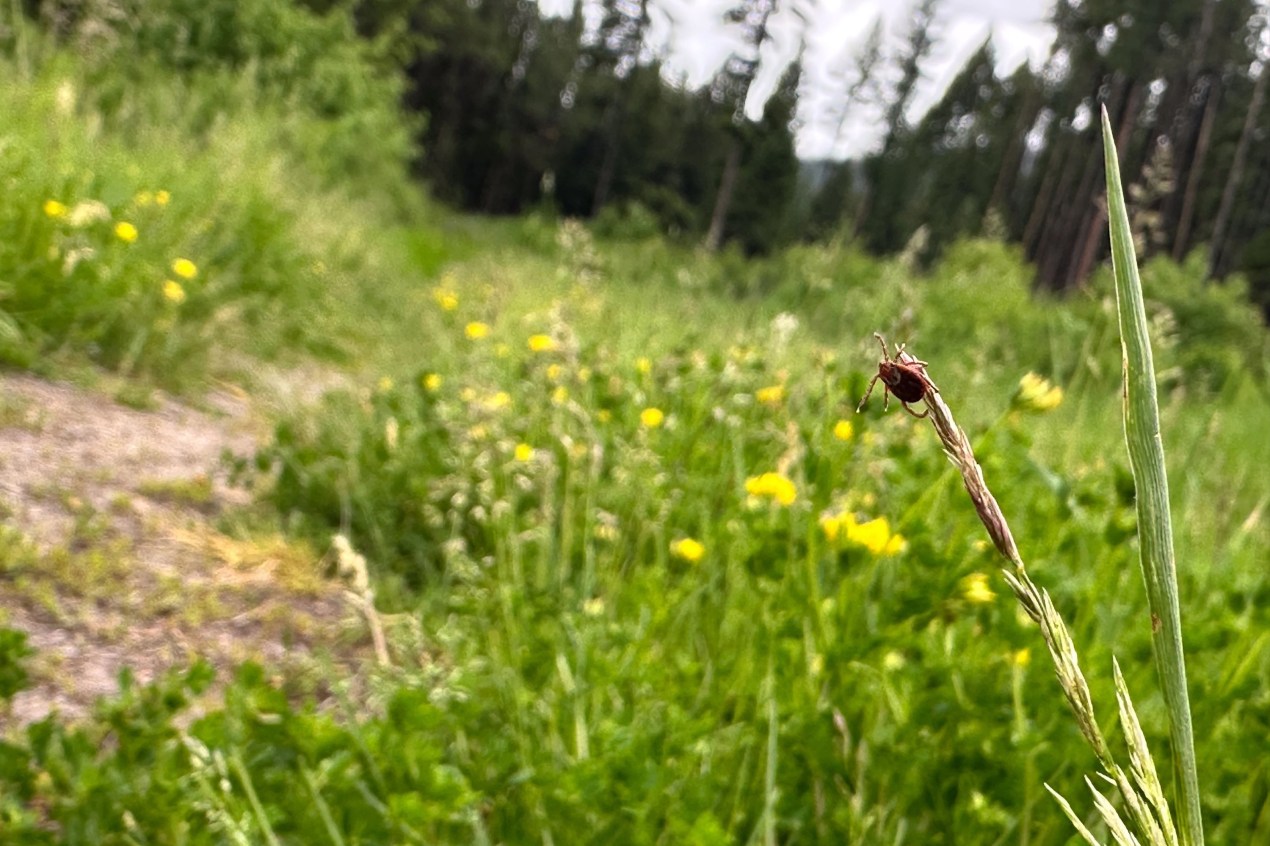Ticks on the Move: How Climate Change Increases Your Risk of Lyme Disease and Other Illnesses
In a mountain meadow in Montana, biologist Grant Hokit drags a white flannel cloth over bushes and grass. It may look low-tech, but this is the front line of a critical public health battle. He’s hunting for ticks, and what he finds—or doesn't find—has serious implications for doctors and residents across the country.
A growing body of evidence shows that ticks are expanding their territory, bringing dangerous illnesses like Lyme disease to regions that never had to worry about them before. This migration is fueled by climate change, and our public health systems are struggling to keep pace with the spreading threat.

Why Ticks Are Spreading: A Warmer World
The primary driver behind tick migration is climate change. As human activity warms the planet, winters are becoming shorter and milder. This has two major effects on tick populations:
- Less Hibernation Time: Ticks spend less time dormant and have more active months to feed and reproduce.
- Expanded Habitats: Warmer temperatures allow ticks to survive and establish populations in northern states and at higher altitudes where it was previously too cold.
This means ticks have more time to hitch rides on animals and people, carrying pathogens with them as they move into new territories.
A New Danger Arrives: The Deer Tick and Lyme Disease
The arrival of new tick species is a major red flag for health officials. Earlier this year, Hokit found deer ticks for the first time in northeastern Montana. This is a significant discovery because the deer tick (also known as the blacklegged tick) is the primary carrier of Lyme disease, the most common vector-borne illness in the United States.
Knowing a species like the deer tick has arrived is crucial information for local doctors and residents who may not be accustomed to looking for signs of Lyme disease.
The Doctor's Dilemma: Diagnosing a Moving Target
When a new tick-borne disease enters a region, it creates a diagnostic challenge for physicians. Dr. Neil Ku, an infectious disease specialist, notes that patients rarely connect their symptoms to a past tick bite.
«They usually show up later, when they start feeling sick,» he said. The initial symptoms are often vague and flu-like: fever, chills, and general malaise.
Without knowing that disease-carrying ticks are present in the area, a doctor may not think to test for a specific tick-borne illness, leading to delayed diagnosis and treatment. Accurate local tick surveillance gives doctors the information they need to provide better care.
The Surveillance Gap: Why We're Flying Blind

Unfortunately, the kind of active, on-the-ground tick surveillance Hokit performs is not happening everywhere. A 2023 survey found that only about a quarter of local health departments across the country conduct any kind of tick surveillance.
Many departments rely on a «passive» approach, where they identify ticks sent in by the public. While helpful, this method doesn't provide a clear picture of how common ticks are or what percentage of them carry diseases. The primary barrier is funding—field surveys are expensive, and federal public health grants are becoming scarce. This funding gap means we are often unaware of new tick populations until people start getting sick.
How to Protect Yourself from Tick-Borne Diseases
As ticks expand into new areas, personal prevention is more important than ever. Follow these steps to stay safe:



